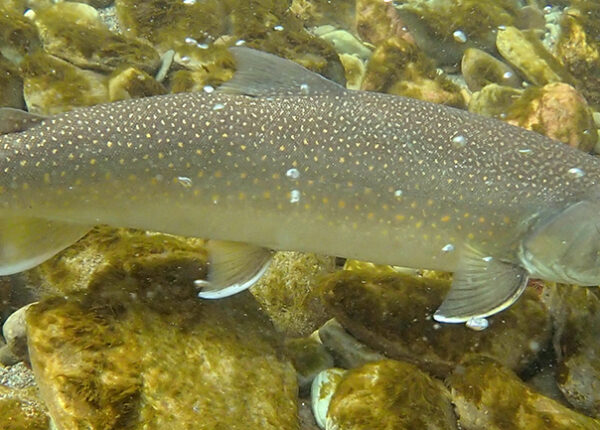Williston Reservoir Bat Ecology Program
Bats are integral to healthy ecosystems, yet little is known about bat populations, their habitat requirements, and threats to bat species around Williston Reservoir, and within the Peace Region. Across North America, bats are experiencing precipitous population declines due to a devastating disease, White Nose Syndrome (WNS), resulting in two bat species in Northern B.C. being federally listed as endangered.
Because WNS strikes in the winter and kills bats while they hibernate, this project seeks to identify important bat habitat and establish baseline winter bat data, to help monitor populations and inform future plans for dealing with WNS using acoustic monitors, roost loggers deployed in caves, bat capture and telemetry. The study will help answer critical questions about bat ecology in Williston Reservoir.
Learn more about this project.
Stop the Spread of WNS
Cavers, geocachers, and people frequenting mines or other hibernacula locations could spread the fungus by transmitting spores on boots, clothing and equipment, or by stowing infected bats.
- Avoid entering bat hibernation sites if your clothing or equipment has been used in other underground locations. Follow decontamination protocols. Avoid possible spread of WNS by humans.
- Avoid disturbing bats: stay out of hibernation sites in the winter, respect closures at mines and caves.
- Provide homes for bats. Build a Bat Box. Visit bcbats.ca.





